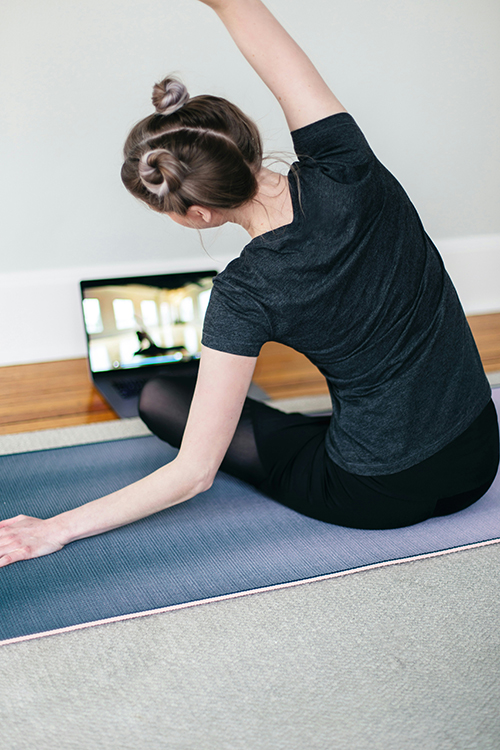Empowering Women
By Rachel Guevara
In today’s busy world, many women are exploring fitness options that fit into their already full schedules. Whether you’re a career woman, stay-at-home mom, or juggling a mix of both, you might be considering virtual training versus in-person training. With both options growing in popularity, it’s essential to weigh the pros and cons to figure out which is the best fit for your lifestyle and fitness goals.

The Benefits of Virtual Training
- Convenience and Flexibility:
One of the biggest advantages of virtual training is convenience. You can train from the comfort of your home, saving time on commuting to the gym. This can be particularly beneficial if you have young children, a hectic work schedule, or just want to avoid rushing to a class.
- Cost-Effective:
Virtual training often tends to be more affordable than in-person training. You can find online workout programs at various price points, with more flexibility in pricing packages. If you’re looking to save money while staying consistent with your fitness goals, this could be an ideal choice.
- Wide Variety of Options:
Virtual training opens up a wide range of workout styles and programs from all over the world. Whether you’re into yoga, HIIT, strength training, or functional fitness, you can find specialized trainers offering what you’re looking for. You’re no longer limited to what’s available locally.
- Train Anywhere, Anytime:
Another benefit is the ability to work out wherever you are. Whether you’re traveling for work, on vacation, or just prefer the comfort of your living room, you have the flexibility to stay active anywhere.
The Downsides of Virtual Training
- Lack of Personalized Guidance:
One significant disadvantage is the lack of immediate, in-person feedback. Virtual trainers may not catch poor form or other nuances that could lead to injury or diminished results. Personalized corrections can be harder to receive, especially if the sessions are pre-recorded.
- Less Accountability:
Many women struggle with motivation when working out alone at home. Without a trainer physically present or workout buddies, it can be easier to skip sessions or lose focus. Virtual programs may offer accountability tools, but they aren’t as immediate or effective as the in-person experience.
- Limited Social Interaction:
For those who thrive in a group environment or love the social aspect of fitness classes, virtual training can feel isolating. You’re essentially training on your own, without the energy or encouragement.
Rachel Guevara is the owner of Lift & Glitz Training Studio in Northfield, NJ. With 13 years of experience in the fitness industry, Rachel holds certifications in Personal & Group Fitness through ISSA and is a Zumba Fitness Instructor. A proud single mother of two, Rachel balances her professional and personal life with grace and determination. She earned her BA in Communications from Stockton University and resides in Northfield.










